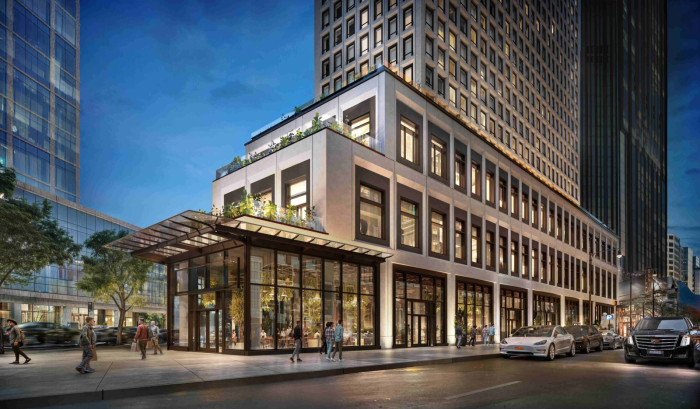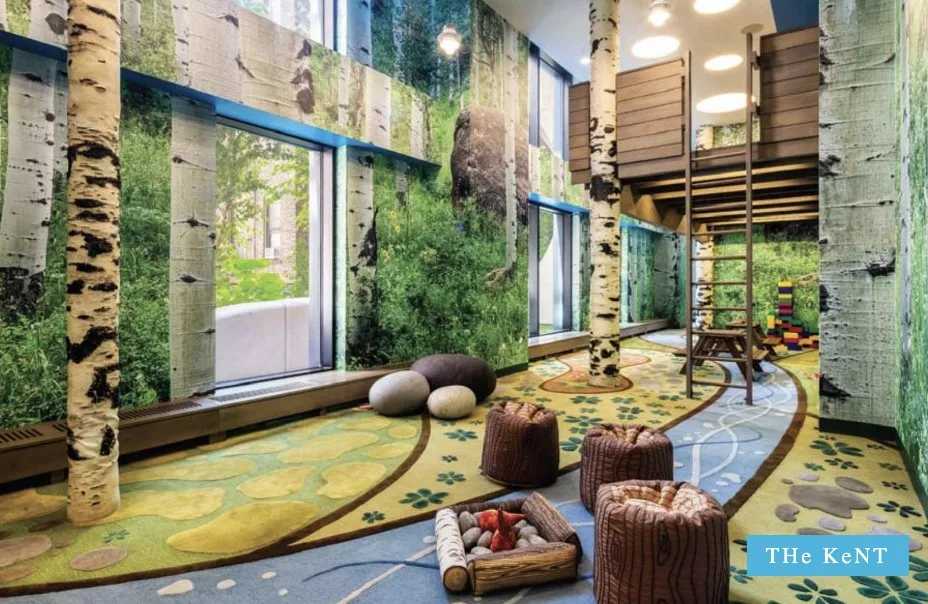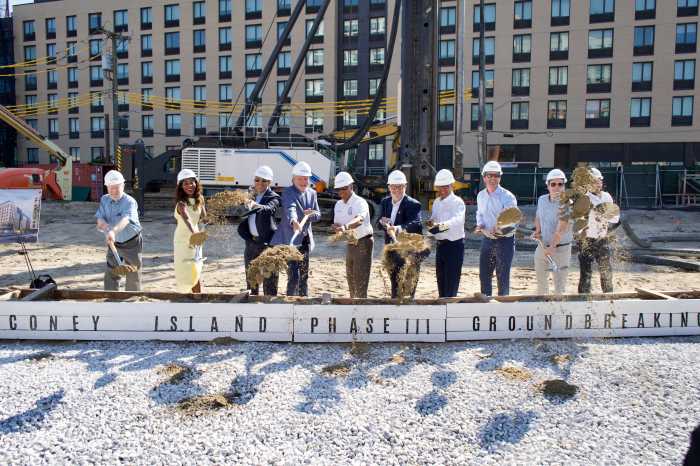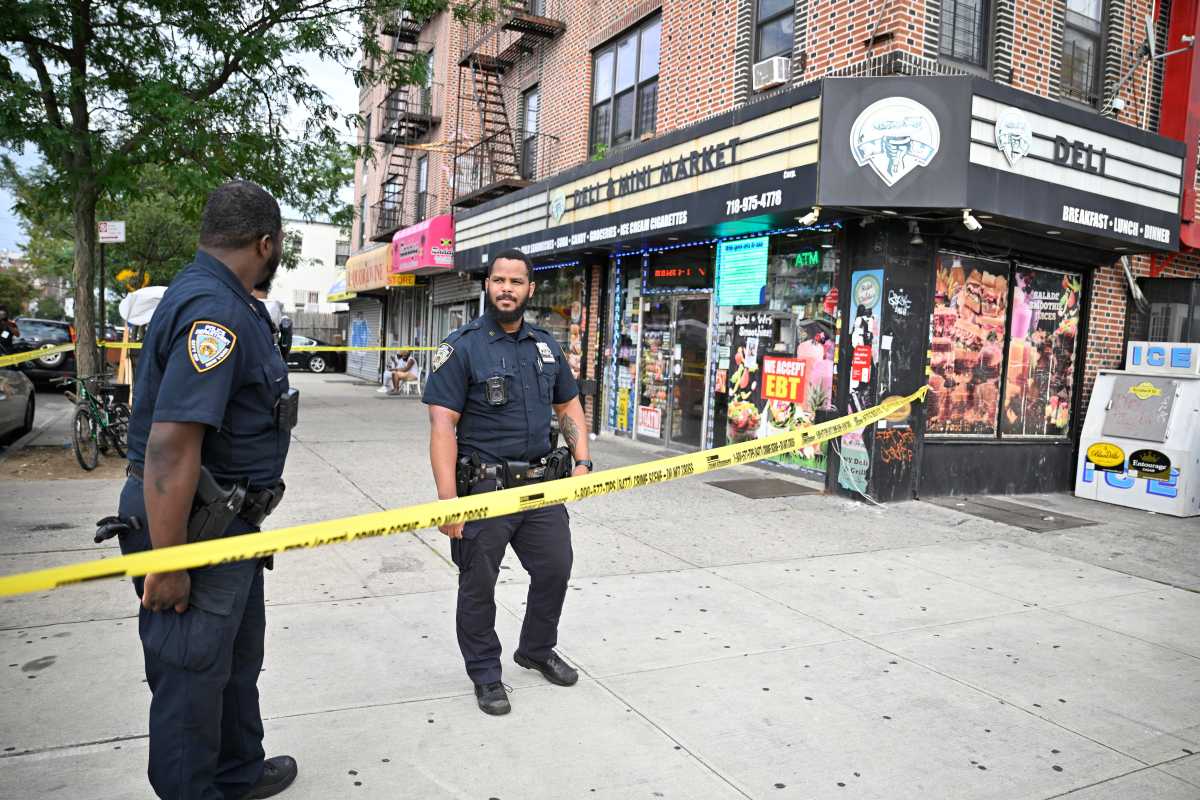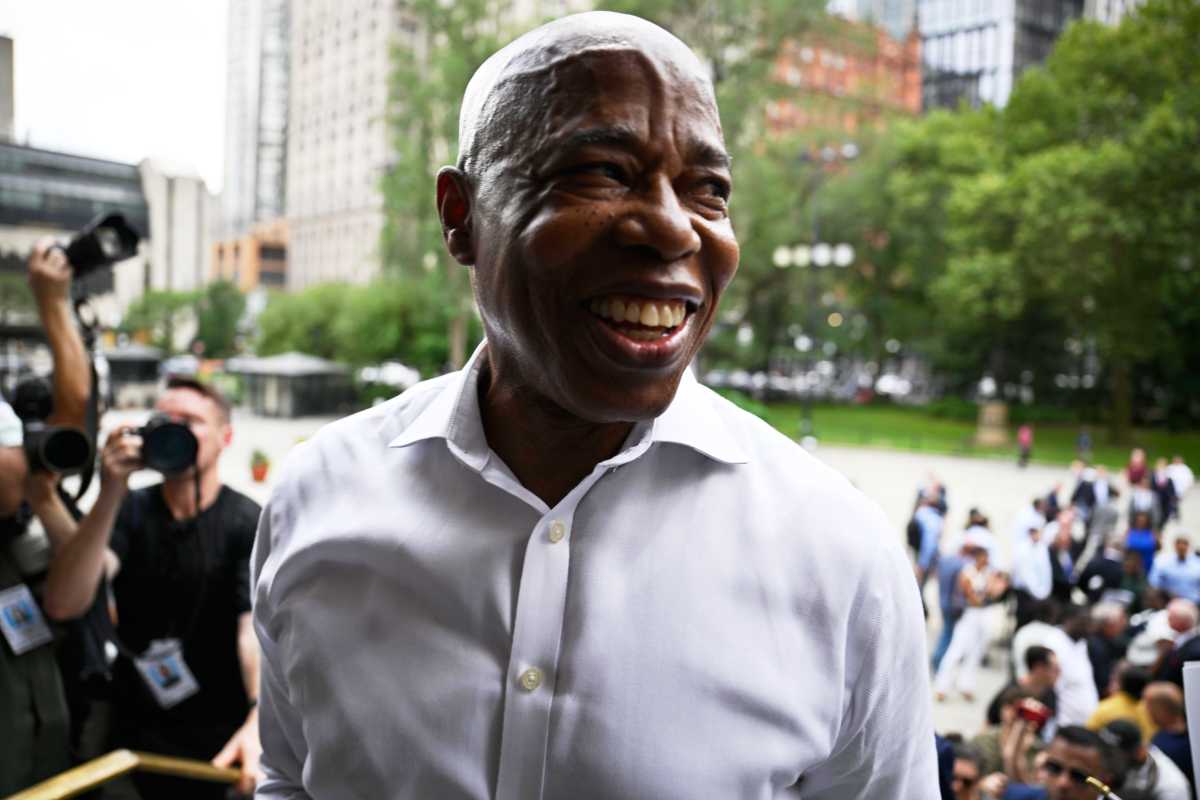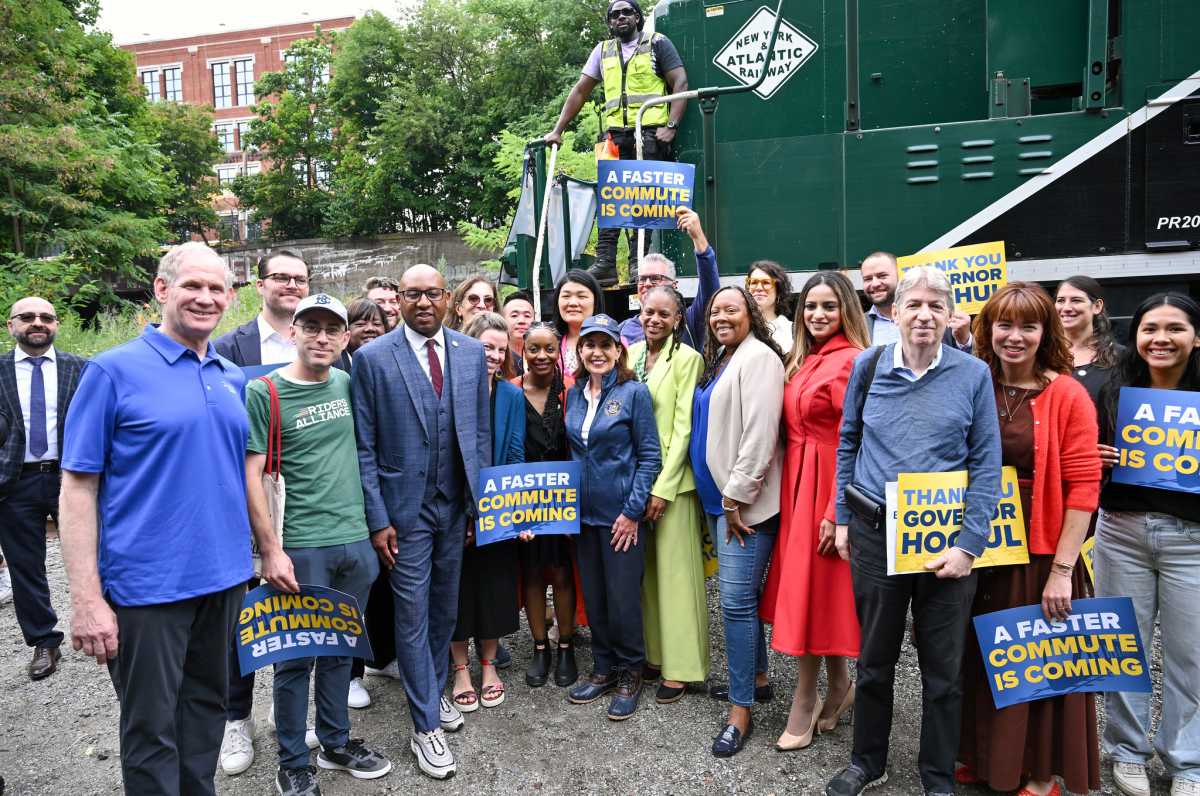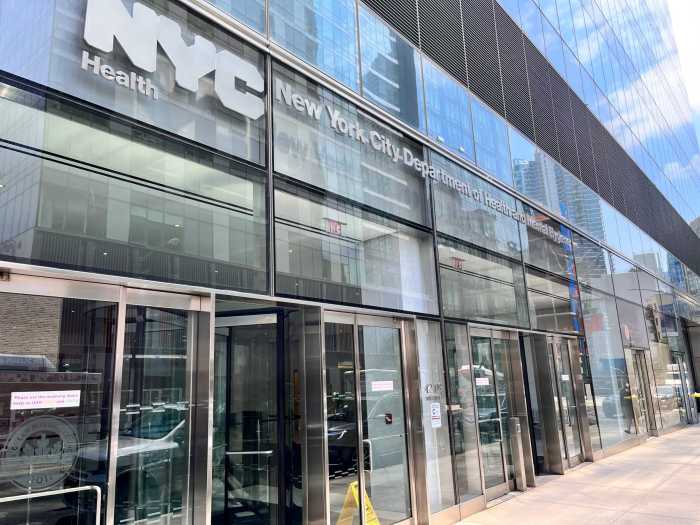Brooklyn Bridge Park — which was conceived decades ago as a public park along Brooklyn’s world-class waterfront — has seen nothing but bad news so far this year.
And we’re still in January.
First, officials with the state development agency that’s overseeing the condo and open space project announced that they had abandoned a plan to build a hotel on Furman Street near Old Fulton Street, a lodge that would have expansive vistas of the Brooklyn Bridge and the Lower Manhattan skyline.
Then, last week, the Brookyn Bridge Park Development Corporation admitted that it was also no longer pursuing the construction of roughly 800 units of luxury housing inside the park.
Here’s the problem: the hotel and condo units — along with an undetermined amount of additional commercial and residential development — were touted by state officials as the only way to raise revenue to cover the annual maintenance budget for the development’s public open space.
We’ve long questioned the notion of establishing such a dedicated revenue stream, but the project’s advocates have argued that such a funding scheme is necessary or else there would be no park at all.
Now this debate is framed anew, given the latest flops and last year’s endless parade of bad news: delays in the construction timeline, cost overruns that have more than doubled the original $150-million construction budget, and then the stunning announcement that, for now at least, the much-touted “world class park” will consist only of small passive recreation areas on Pier 1 at the foot of Old Fulton Street and Pier 6 at the foot of Atlantic Avenue — a tiny portion of the park’s footprint.
Taken together, it is reasonable to conclude that the Brooklyn Bridge Park development project must be abandoned and replaced with what many area residents have been calling for for decades: a simple public park, along the entire 1.3-mile stretch.
Not a waterfront development with an open space component.
Not a scheme to build a backyard for residents of 1,300 units — or more! — of luxury housing and the hotel guests.
No, a real, albeit modest, public park that would be maintained from the same pool of money that maintains every other public park.
Building a much-less grandiose public park along the waterfront — not the fantasyland that the development agency envisions — would require far less cash than the hundreds of millions of dollars (and still going!) that the state planners say they need.
And we’d all get what we’ve sought for decades: access to our beautiful waterfront — a goal that keeps eluding our illustrious state planners.


